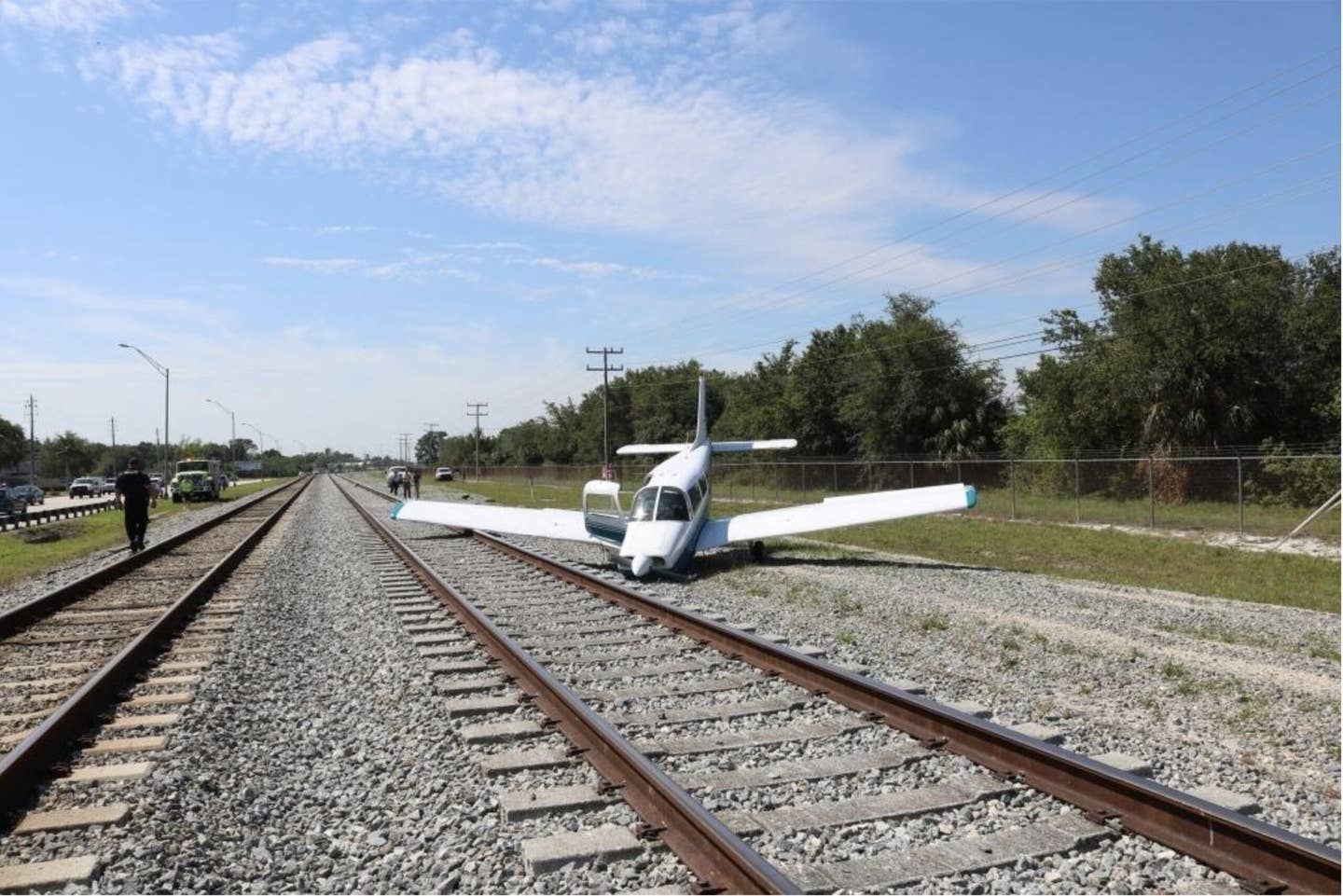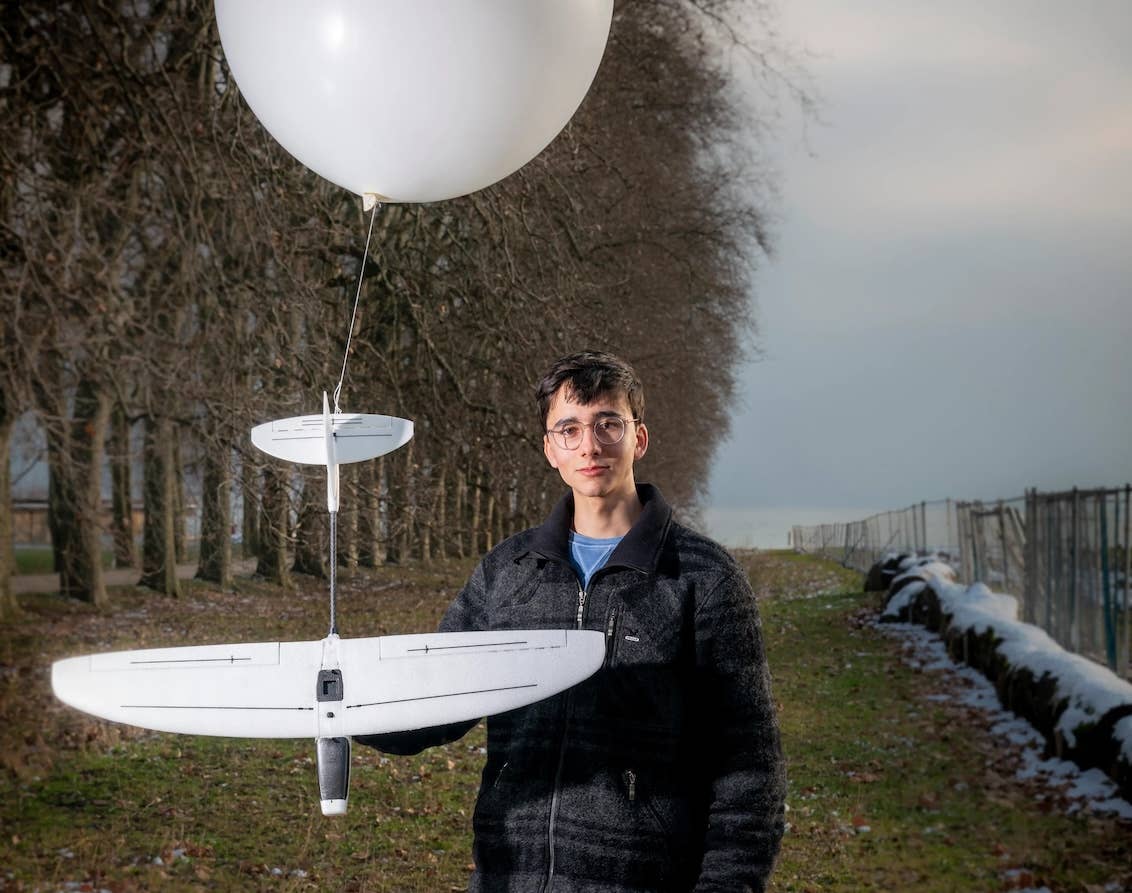Guest Blog: The Wrong Way To Teach Forced Landings
Engine failure training emphasizes what to do after it quits. It should focus on keeping it from quitting in the first place.

Every student pilot (and no, I am not going to call you a “learner”) is familiar with the forced landing exercise. The airplane is out in the practice area and the instructor pulls the throttle to idle and tells you the engine just failed. You then frantically look around for a field to land in, quickly mumble the engine failure checks and concentrate on flying a gliding approach that will hopefully set you up for a landing on the field. The first few times you probably missed the field by a country mile but with a bit of practice you get better at flying an approach that would actually result in a survivable forced landing.
And this is the wrong way to teach about engine failures.
Let’s look at the lesson we are really teaching. What we are showing the student is that the aircraft that he she had done a full walk-around inspection including draining the fuel sumps and checking the fuel and oil levels, performed all the run-up checks, verified the correct static RPM/MP at the beginning of the takeoff roll, and which in cruise flight displayed normal engine gauge indications, has a sudden and complete engine failure. This type of engine failure scenario is, in fact, the least likely to actually occur in the real world.
The reality is that the accident data show that at least 60 percent of the engine failures are a direct result of the actions or inactions of the pilot. Carb ice and fuel exhaustion/mismanagement figure most frequently in the cause of the failure and both, of course, are entirely preventable by the pilot. Sadly, all but one of the actual engine failure accidents I personally know of were, in my opinion, preventable. The most egregious had the airplane end up in a ditch just outside the airport fence. Nobody was hurt, but the aircraft sustained enough damage that it was scrapped. About a quart of water was drained from the selected fuel tank after the accident.
In another accident I read about in a flying magazine, the aircraft lost all power and the pilot executed a difficult but successful forced landing into a very small field, the only available flattish area within gliding range. The airplane was totaled but nobody was hurt. The pilot attributed his success to surviving the engine failure on the fact that he regularly practiced forced landings. The cause of the accident? Carb ice. It seems to me that if this pilot spent more effort on developing an effective instrument scan and regularly checked for carb ice on a day that was conducive to carb icing, he would not have had to use all that forced landing practice for real and there would be one more GA airplane still flying
The last “engine failure” I personally experienced did not start out as an engine failure. The first hint that my day was about to be ruined was that the RPM started hunting 100 revs up and down. All of the appropriate troubleshooting was inconclusive. The situation progressed to intermittent burps where it momentarily lost power to a total loss of power just out of gliding range of the runway. Fortunately for me, the engine recovered power in a few seconds with no action from me and I made an uneventful landing, with the engine stopping when I pulled the power off on short final. Despite more than 40 years of flying experience, I found the situation difficult to deal with because it wasn’t obvious what was wrong and whether I could get home if/when the engine failed.
The problem is the traditional one for safety of flight. You ace the forced landing and you’re a hero. However, if you do all the boring unsexy stuff like good walk-arounds, make the effort to learn the airplane systems so you know what to look for during the run-up and in flight, don’t live with aircraft defects and you have good checklist discipline, then your chance of having an engine failure is greatly reduced. But you don’t get any credit for something that didn’t happen.
I think the first step to breaking the pilot-induced-engine-failure problem is to be honest about pilot shortcomings and cover these during training. Habits, good or bad, are established in initial pilot training and it’s important for instructors to connect student mistakes in normal operations to potential consequences.
When teaching or for those already certificated and practicing forced landings, after pointing the airplane at a suitable landing area, it’s vital that a full and effective cause check is completed. If my student misses an item or rushes the check, the exercise is over and I reset the airplane. In addition, I give my students a few partial failures, some with enough power to just maintain level flight, and some with power but not enough to maintain level flight. This invariably generates excellent discussion around the decisions the pilot made. Engine mechanical failures almost always give some warning, so I insist that my students get a feel for where the engine gauges normally sit. Significant changes from normal will result in action by the pilot. However, that only works if pilots develop the habit of regularly scanning the instruments.
One of flight training’s dirty little secrets is that flight school airplanes frequently fly with defects because taking the airplane offline means revenue is lost, so there is a strong temptation to live with defects until the next 100-hour inspection. This normalization of deviance sends a bad message to students and licensed rental pilots. There are still a distressingly large number of engine failures in airplanes where the pilot took off with a known defect.
Finally, I tell my student when the engine fails, the insurance company just bought the airplane. The only consideration is the safety of the occupants. If the airplane can be saved, that’s nice, but it should never be a consideration. Your job as the pilot is to fly the airplane to survivable landing areas and arrive with the airplane fully under your control.
But we ought to be emphasizing that it’s better to learn to avoid the failure in the first place.
David Gagliardi has been in instructor, banner tow pilot and air taxi pilot and has also flown forest-fire-suppression operations. He keeps up his instructor and aerobatic instructor ratings and also teaches formation flying as a FAST-rated 4 ship lead pilot. He currently works as a Transport Canada Flight Operations inspector based in British Columbia. The opinions expressed here do not necessarily reflect the views of Transport Canada or the government of Canada.






